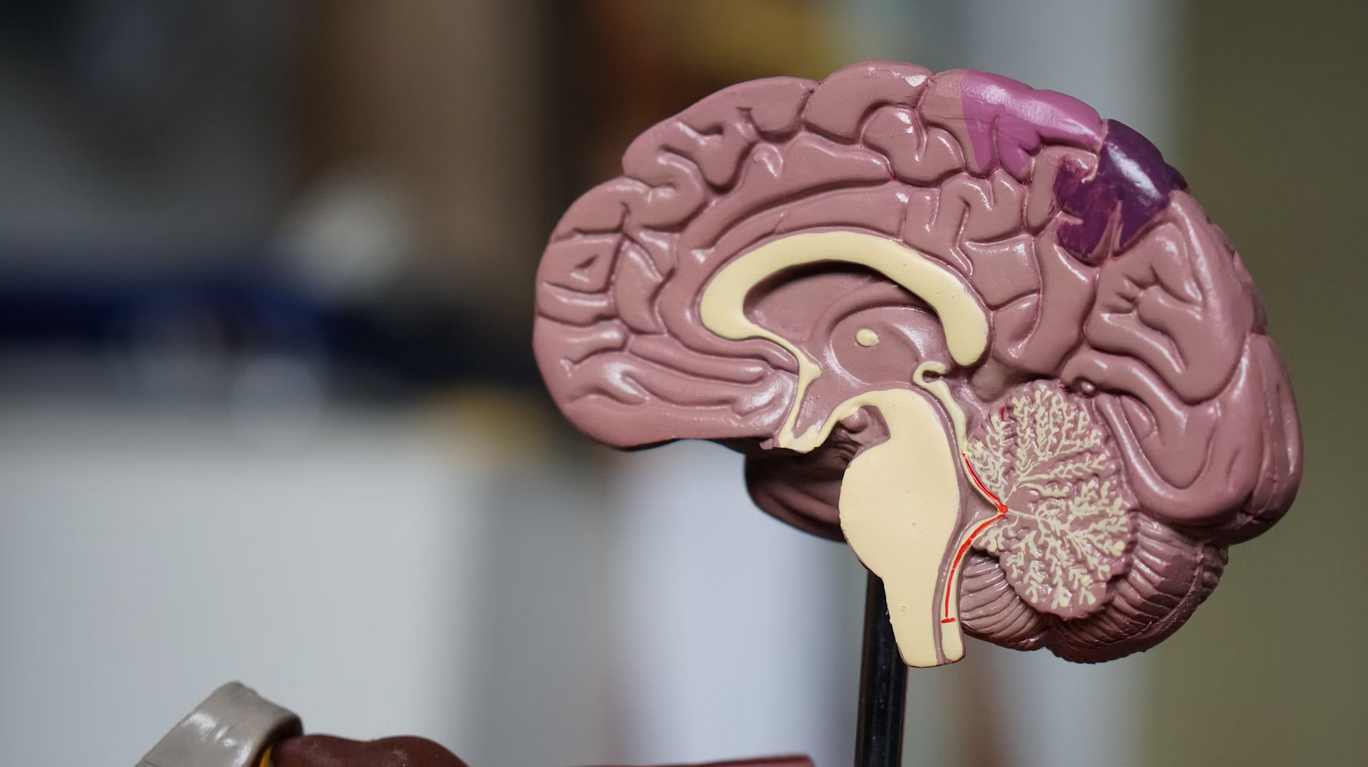
Experienced UIUC graduate student specializing in Math, Computer Science, and Writing
Availability:
Every day, 10:00am-10:00pm PST
Subjects:
Math
Computer Science
Writing
Don't be a Gl*sshole: Google's Education Disaster
Last Updated:

- Google Glass was marketed as a smartphone killer and a game-changer in classrooms, but instead it fizzled out quickly
- The failure remains a cautionary tale about jumping too quickly into a technology trend before validating your product with the market
- As the AI hype train continues to plow ahead, it’s worth remembering the lessons left behind by Google Glass hype
It pains me to say this, but some of you reading this might be too young to remember the Google Glass hype in 2013. At the time, it was marketed as the next breakthrough in hardware devices. It was supposed to literally revolutionize how we saw the world. Some even said it would be the smartphone killer.
In reality, it was none of those things. All that remains of the Google Glass era are prehistoric memes about its fans looking absolutely silly — now called “Gl*ssholes” — and a cautionary tale about jumping too quickly into a technology trend before validating your product with the market.
Back then, when technology companies were in a golden era of nearly 0% interest rates and Google was Valhalla for software developers, technology companies were throwing all kinds of projects at the wall to see what would stick. Much of this came from the hubris inside tech companies, where a lot of young idealistic people came into a lot of money and status at once because of their technical skills.
Google tried a lot of projects that it later pulled the plug on. In fact, there’s a whole website called Killed by Google that lists these projects. Among them includes Google Podcasts, Google+, Google Domains, YouTube Stories, Google Stadia, Google Hangouts, Google Sites, Google Cardboard, and YouTube VR. Google Glass was another such product doomed to fail. While the concept of highly advanced glasses evokes images of spy movies like Mission Impossible, the execution was much less impressive.
As you see AI products market themselves for the classroom and educators discuss their value, remember some of the flaws with Google Glass and how history might be repeating itself. A lot of AI companies and experts are working on products with strong investor backing, but many solutions haven’t been validated by real teachers and students yet.
Here are some of the problems with Google Glass that AI products might have as well:
It was expensive
Lots of gimmicky products can succeed if people are big enough fans of the brand, including niche tech products if there are dedicated high-income consumers available. However, Google Glass was being proposed for integration in classrooms, and school districts couldn’t afford $1500 per pair. Most teachers are still spending their own salary to supply their classrooms with enough resources for their students.
Even in the Tri-Valley school districts, it took years to get basic Chromebooks out to schools while many students had computers with high-powered GPUs at home for playing League of Legends. School districts were just too strapped for cash to gamble on Google Glass.
Privacy Concerns
While the market can be unpredictable, the privacy concerns definitely were not. Google Glass allowed its user to take pictures and record videos without anyone noticing, which is creepy enough until you remember that there were also concerns Google was collecting that data as well. Teachers, parents, and students were all uncomfortable with the lack of transparency about the data collection practices involved both by users and Google. In simple terms, people didn’t want their kids under constant surveillance by a third-party company.
Easy to Misuse
I think it’s great that devices like Chromebooks and iPads are more common in classrooms now given how many helpful digital tools exist for students to use for learning and collaboration. But with great power comes great responsibility, and students are not responsible enough to avoid the temptation of messing around with a device where no one else can monitor their screens.
At least with laptops, teachers can walk around a classroom to monitor what students are doing. Google Glass was just disruptive in many of the cases it was piloted.
No One Had a Good Reason to Use It
Google Glass was mainly designed to access small bits of information quickly and record sights hand-free. Teachers and students didn’t really know how to use that to further any educational methods they knew. It wasn’t good for looking at long texts, detailed diagrams, video demonstrations, or any other learning material. Laptops and tablets had a lot of interactive apps that supported research, writing, and collaboration. Google Glass didn’t have any of those and didn’t seem capable of having it.
Even if there was an application of Google Glass, teachers would have had to rework substantial portions of their curriculums and lesson plans to account for it. Given how much work teachers already face, this was a risky and expensive option for them. There just wasn’t a demand for Google Glass. It was a solution looking for a problem.
It Wasn’t A Good Piece of Technology
The display was tiny, the battery life was as short as 30 minutes, and it was reliant on a constant connection to Wi-Fi for the few functions it did have. When Google stopped selling Google Glass to consumers, they stopped supporting solutions for the educators who did try investing in it, leaving them with nothing to show for their time and money.
Technology Won’t Solve Human Problems
As the AI hype train continues to plow ahead, it’s worth remembering that there are no “silver bullet" technological solutions to human and social problems. No matter how good technology gets or how visionary someone’s marketing pitch is, nothing can replace a real human expert building a personalized connection with a student.
We’ve seen students try every single resource available to them to overcome their challenges, and we know that mentorship from a trusted person is one of the most effective resources available. If you’re looking for help, consider reaching out to us here!





